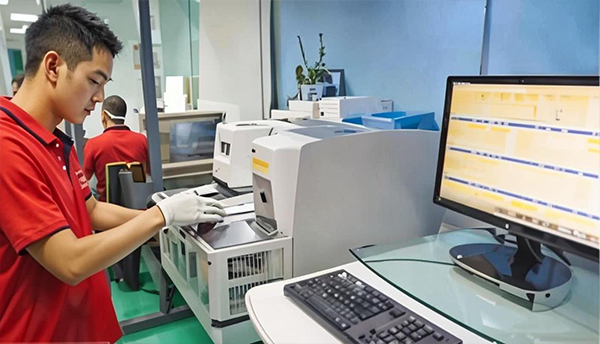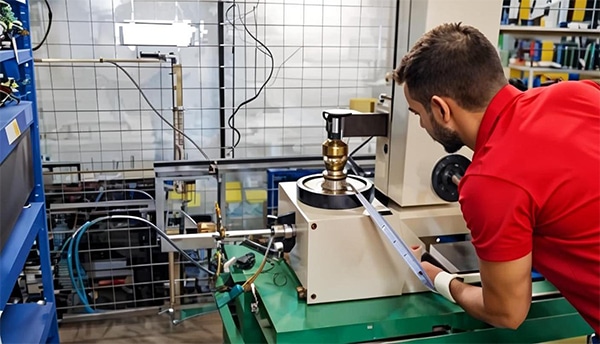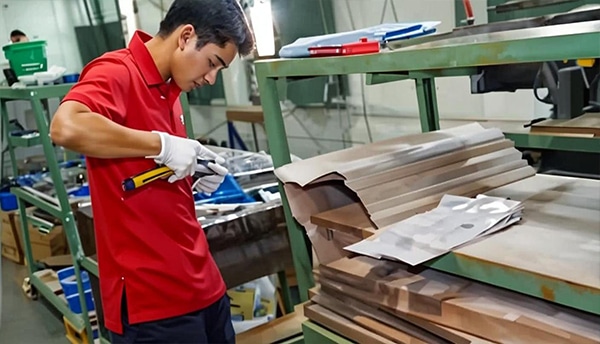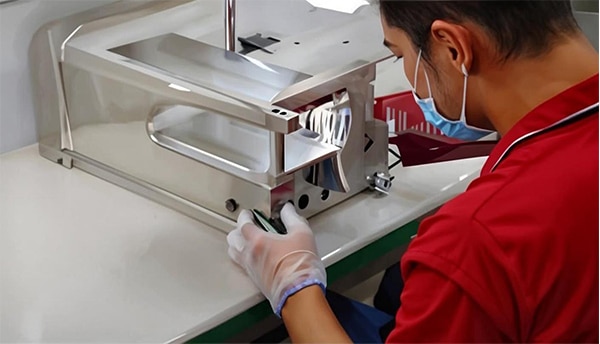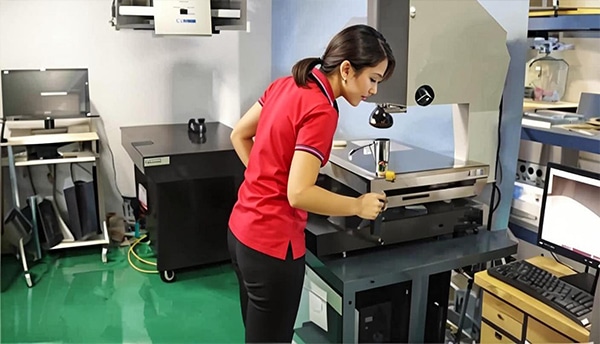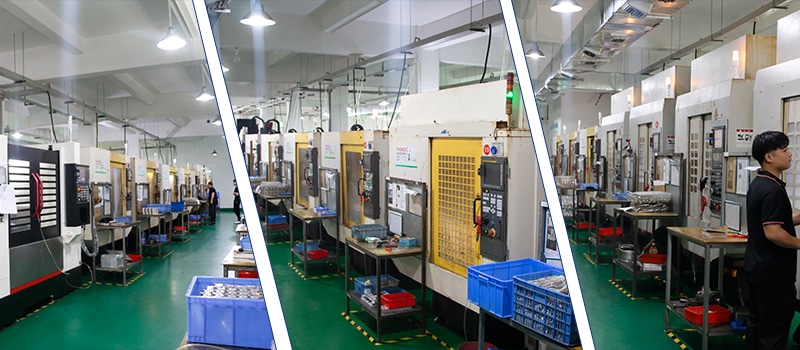Description
Introduction to Camera Cages and Their Importance
Camera cages are essential accessories in the realm of photography and videography, designed primarily to provide protection and stability for professional camera equipment. These robust structures encase the camera body, often made from durable materials such as aluminum, which can withstand the rigors of various shooting environments. The primary function of a camera cage is to safeguard the camera from potential damage caused by drops, bumps, or environmental factors, ensuring that photographers and videographers can focus on their creative work without the incessant worry of equipment mishaps.
Moreover, camera cages significantly enhance the stability of the camera during operation. They often include features such as ergonomic grips that provide better handling, thus minimizing shake and vibration, which can adversely affect the quality of footage or images captured. This stabilization is particularly beneficial for handheld shooting, where maintaining a steady frame is critical. The added support enables content creators to explore dynamic shooting techniques, leading to more innovative filmmaking and photography styles.
In addition to their protective and stabilizing functions, camera cages offer numerous mounting options for accessories, such as external microphones, lights, and monitors. This versatility is particularly advantageous on set, where lighting and sound can significantly impact the final product. The modular design of many camera cages allows users to customize their rig according to specific project needs, fostering a more efficient and streamlined workflow. From independent filmmakers to professional photographers, the integration of these accessories can elevate the quality of content creation, allowing for greater artistic expression and enhanced overall production value.
In essence, camera cages serve as a fundamental tool for modern content creators, merging protection, stability, and versatility to significantly improve the filming experience.
Understanding CNC Machining for Custom Solutions
CNC (Computer Numerical Control) machining represents a pivotal advancement in the realm of manufacturing, particularly for custom solutions such as aluminum camera cages. This sophisticated process utilizes computer software to control machine tools, enabling high precision and efficiency in producing complex components. By automating the operational aspects of the machinery, CNC machining allows for consistent quality and repeatability, which is crucial when crafting specialized equipment designed to meet specific user needs.
The versatility of CNC machining is exemplified in its ability to work with various materials, including aluminum, which is favored for its lightweight yet durable properties. This makes aluminum ideal for camera cages, as they require sturdy construction without adding unnecessary weight to camera setups. With CNC machining, manufacturers can produce detailed designs and intricate features that enhance functionality, such as mounting points for accessories or ventilation channels to prevent overheating during extended use.
Moreover, the role of CNC machining in custom manufacturing is underscored by its adaptability. Whether it involves small-batch productions or one-off pieces, CNC machines can rapidly switch between different setups, minimizing downtime. This flexibility is especially beneficial for businesses looking to adjust designs based on evolving customer preferences or emerging trends in photography. Ultimately, the integration of CNC machining into the production of custom aluminum camera cages ensures that high-quality, bespoke solutions can be offered, balancing advanced technology with user-centric design.
Benefits of Using Aluminum in Camera Cages
Aluminum has emerged as a highly preferred material in the construction of custom camera cages, providing a balanced blend of strength, lightweight properties, and resistance to environmental wear. One of the most notable advantages of aluminum is its impressive strength-to-weight ratio. This characteristic allows camera operators to create robust cages that securely hold their equipment without significantly increasing the overall weight of their gear. The lightweight nature of aluminum enhances portability, making it an ideal choice for photographers and videographers who need to optimize their workflow while on the move.
Additionally, aluminum is naturally resistant to corrosion, which is a significant benefit when considering that camera gear often faces various environmental conditions. Unlike materials such as steel, which can rust when exposed to moisture, aluminum retains its integrity even in humid or wet environments. This longevity reduces maintenance costs and promotes reliability, allowing users to focus more on their creative endeavors rather than worrying about their equipment’s condition.
Another key advantage of aluminum is its aesthetic appeal. The sleek and modern look of aluminum can enhance the overall design of the camera cage, providing an aesthetically pleasing option that complements professional-grade equipment. Customization is also more accessible with aluminum. It can be easily machined into intricate designs, thus offering filmmakers and photographers more tailored solutions to meet their unique requirements.
When compared to other materials, such as plastic or carbon fiber, aluminum stands out due to its balance of durability, weight, and cost-effectiveness. Whereas plastic may lack the strength needed for optimal support, and carbon fiber can be prohibitively expensive, aluminum offers an advantageous middle ground. In summary, the multifaceted benefits of using aluminum in custom camera cages make it a material of choice for creatives seeking dependable, efficient, and stylish equipment solutions.
Custom Services: Tailoring Camera Cages to Your Needs
The advent of CNC machining has revolutionized the way filmmakers approach the design and production of custom aluminum camera cages. With an emphasis on tailored solutions, the customization process begins with an initial consultation, wherein filmmakers can articulate their specific requirements, preferences, and creative vision. During this phase, professionals gather vital information pertaining to the intended use of the camera cage, including the types of cameras, lenses, and accessories to be mounted. This dialogue ensures that the final product addresses the unique demands of the filmmaker, enhancing usability and efficiency.
Following the initial consultation, the design phase commences. Utilizing sophisticated software, designers create accurate 3D models of the custom camera cage. These models allow for real-time adjustments and enhancements, ensuring that all elements align with the user’s specifications. The flexibility inherent in CNC machining facilitates the integration of various attachment points and mounting options. Whether filmmakers require specialized handles, shoulder mounts, or adaptable rigging solutions, custom aluminum camera cages can be designed to include all necessary features.
Moreover, the production phase harnesses the precision of CNC machining to bring the design to life. This advanced process guarantees high-quality, consistent results, with tolerances that leave little room for error. Filmmakers can expect a lightweight yet durable cage tailored exactly to their specifications. Customization is further enhanced by the ability to select surface finishes and coatings, thereby ensuring that the final product not only meets functional needs but also complements the visual aesthetic of the equipment.
In conclusion, the process of creating customized aluminum camera cages through CNC machining enables filmmakers to achieve unparalleled flexibility and precision. The tailored services offered streamline production while ensuring that the final product aligns perfectly with the unique needs of each filmmaker.
Conclusion: Investing in a Custom Aluminum Camera Cage
In the realm of videography and photography, investing in a custom aluminum camera cage can significantly enhance both the user experience and the quality of output. A purpose-built camera cage provides unparalleled durability, ensuring that equipment is adequately protected during use, especially in challenging environments. Aluminum, known for its lightweight yet robust characteristics, offers a reliable solution that can withstand wear and tear while remaining functional. This durability translates directly to cost savings over time, as equipment is less likely to suffer damage, reducing the need for repairs and replacements.
Functionality is another critical advantage of custom aluminum camera cages. These cages can be designed to accommodate specific equipment needs, ensuring that all necessary accessories are easily accessible. By integrating features such as mounting points for external monitors, microphones, and lights, a custom cage enhances operational efficiency on set. This tailored design improves workflow for creatives, allowing them to focus more on their artistic vision rather than managing cumbersome equipment arrangements.
Versatility is equally important; a custom aluminum camera cage can adapt to a diverse range of filming scenarios. Whether shooting in a studio or on location, the flexibility to modify the cage according to varying requirements is a substantial benefit. Customization options enable filmmakers to align their equipment with their unique creative processes, resulting in potentially elevated production quality.
Moreover, collaborating with a CNC machining service ensures precision in the design and fabrication of camera cages. By leveraging advanced machining techniques, users can achieve a seamless fit for their specific camera models and accessories. Such investment not only enhances the filming experience, but it also fosters confidence in the equipment being utilized. For creatives seeking to enhance their filming capabilities, the multitude of advantages provided by a custom aluminum camera cage presents a compelling case for consideration.




